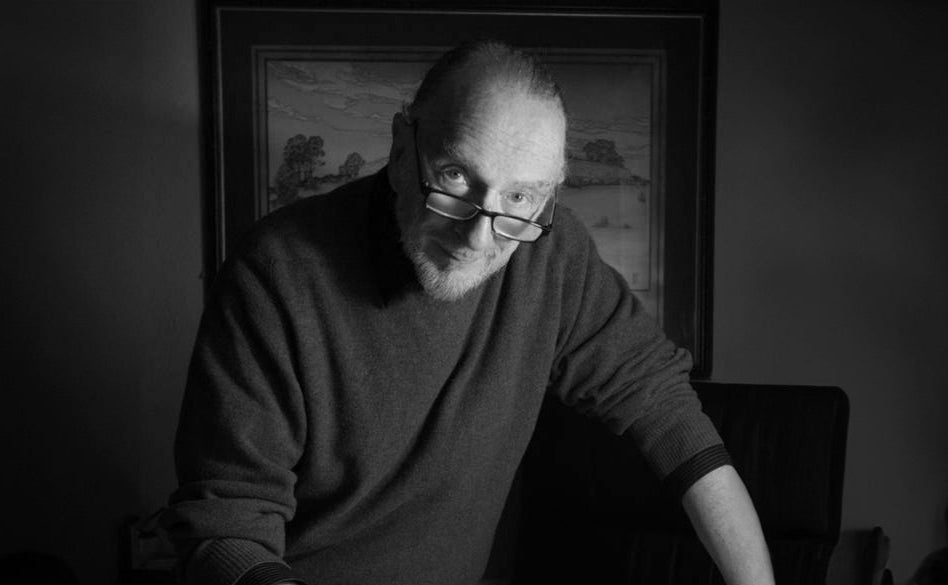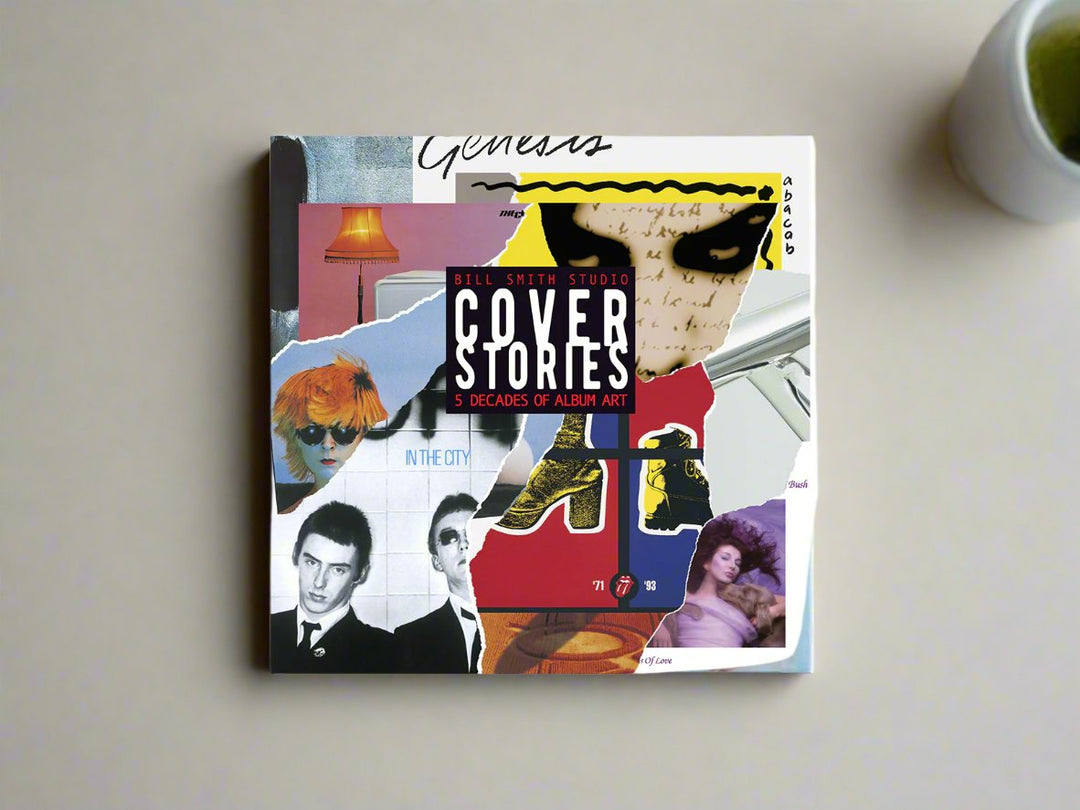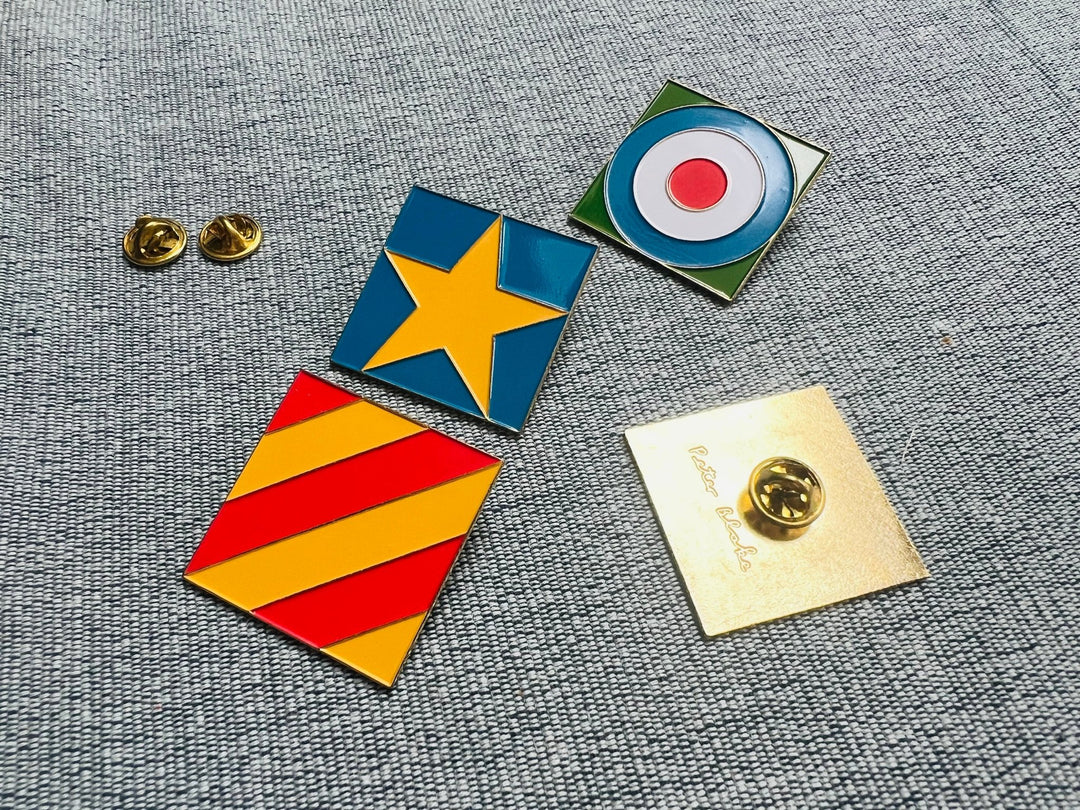BORN IN DUBLIN, IRELAND IN 1944
Jim FitzPatrick grew up in a family deeply rooted in the arts. His father was a photo-journalist, and his grandfather, Thomas FitzPatrick, was a political cartoonist. During his childhood, FitzPatrick often found himself bedridden due to illness, which allowed him ample time to immerse himself in reading and drawing. His mother and great-aunt's stories of Irish mythology sparked his imagination and laid the foundation for his future artistic endeavours.
IN 1968
FitzPatrick's career took a significant turn when he created his most famous work, the two-tone portrait of Che Guevara, based on a photograph by Alberto Korda. This image became an iconic symbol of rebellion and leftist movements worldwide. However, it was his intricate Celtic-inspired artwork that truly defined his artistic style.
THROUGHOUT THE 1980s AND BEYOND
FitzPatrick's artwork graced the covers of numerous albums, most notably for the Irish rock band Thin Lizzy. His collaboration with Thin Lizzy began with the album Vagabonds of the Western World and continued with iconic covers such as Jailbreak. FitzPatrick's distinctive style perfectly complemented the band's music and helped to define their visual identity.
VIEW THIN LIZZY BLACK ROSE PRINT BY JIM FITZPATRICK
In 2007, FitzPatrick was commissioned by CityJet to create images reflecting Ireland's culture, mythology, history, and landscapes. This project further cemented his reputation as an artist deeply connected to his Irish heritage. In 2011, he announced his intention to copyright the iconic Che Guevara graphic, ensuring that his work would be protected and recognized for its cultural significance.
FitzPatrick's influence extended into the 21st century, as evidenced by his contribution to the cover of Louise Patricia Crane's 2020 album Deep Blue. His ability to adapt his style to different musical genres and eras speaks to his versatility and enduring appeal as an artist.






